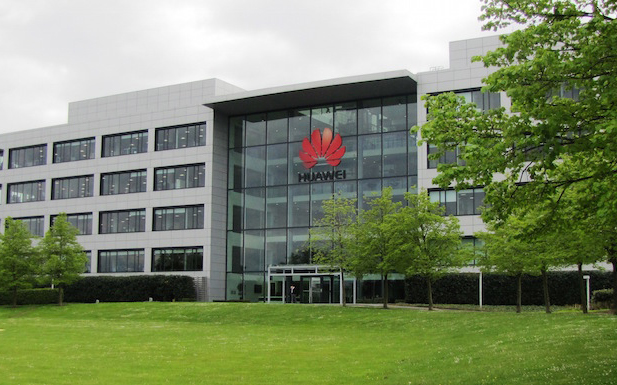Huawei and NTT DOCOMO have demonstrated licensed-assisted access (LAA) coexisting with Wi-Fi networks in a dense small cell deployment.
The trial was held at the DOCOMO R&D Center in Yokosuka Research Park near Yokohama, Japan. It involved a multi-access points/multi-user small cell network, with an unlicensed carrier operating via an air interface rather than a cable.
The demo also showcased what the companies described as an “enhanced” co-existence technology, called adaptive Listen-Before-Talk (LBT). Huawei said the technology flexibly reuses time and power allocations, allowing an operator to benefit from a 50 percent improvement in performance over a baseline solution.
Both companies said the demo showed how LAA could produce “fair” co-existence with neighbouring Wi-Fi networks, as well as providing high levels of performance.
The trial is the latest work on the technology between the two companies. They said the results of the latest test prove LAA is ready for commercial deployment.
3GPP is currently standardising LAA, with the process expected to be completed during the first quarter of next year.
However, Wi-Fi providers have been sceptical about whether LAA can truly co-exist with their networks. At a conference this year, they also expressed concerns that the technology could amount to a land grab from spectrum hungry operators.



